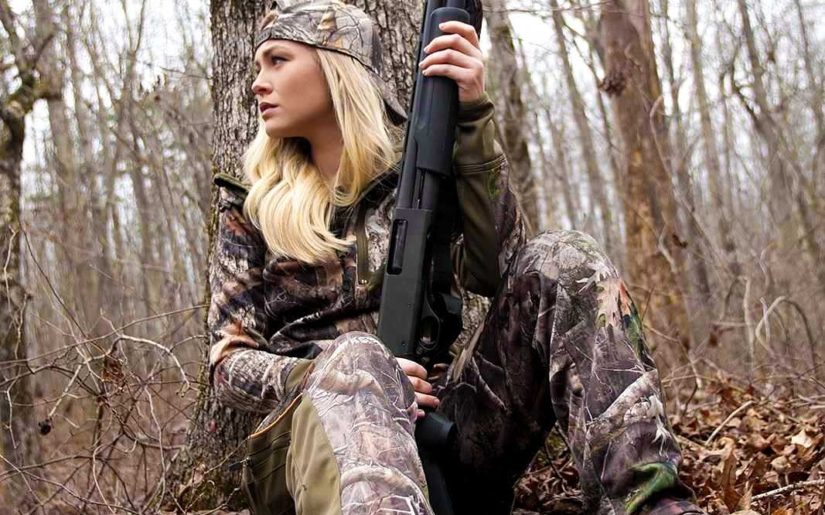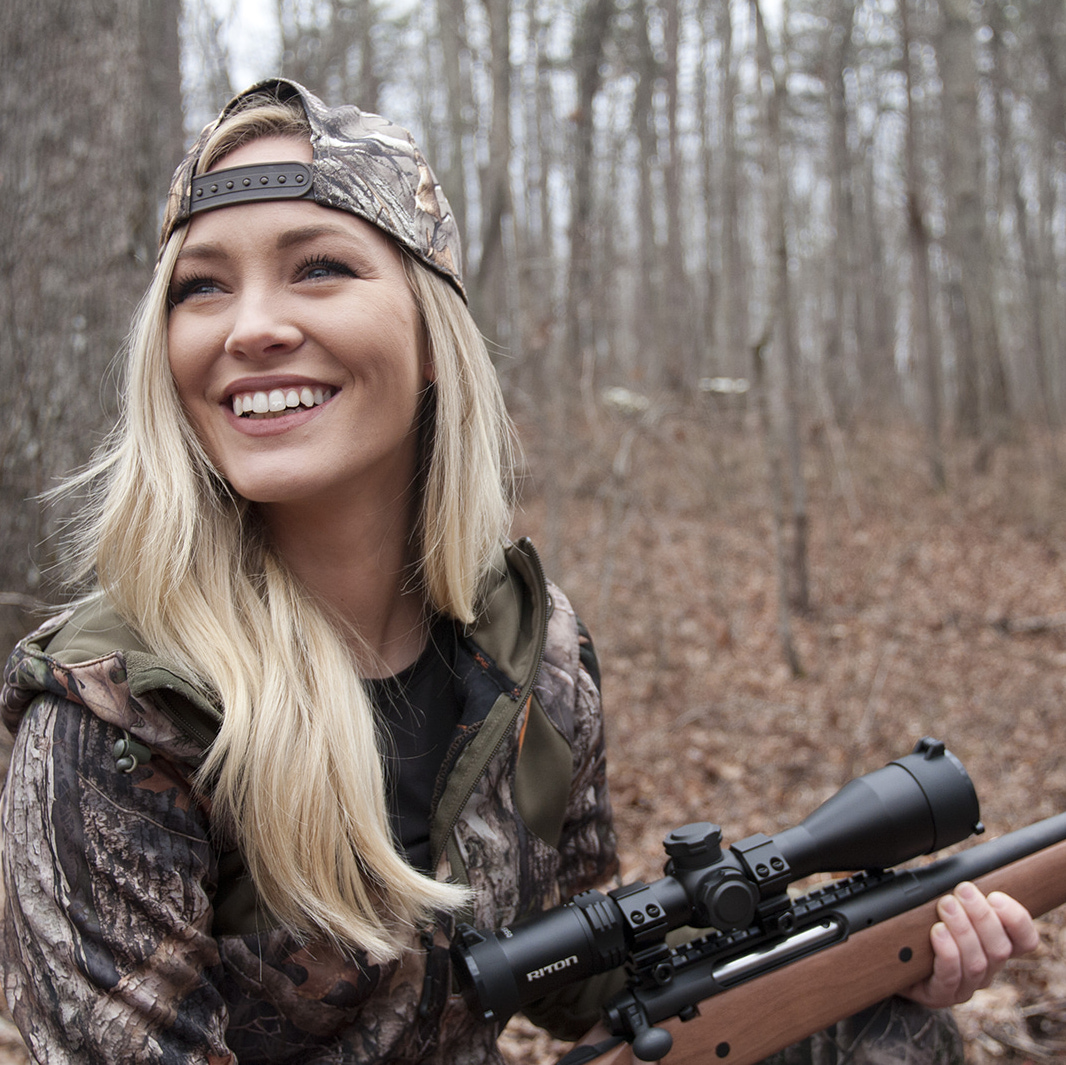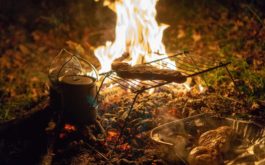It is obvious that advances in technology have made hunting easier and more accessible than it has ever been. We now have compound bows with sights that range our targets. A hunter can use semi-automatic guns with incredible scopes. There are trail cameras that help us learn deer patterns. You can buy lightweight tree stands that help us remain undetected from game. So why is it that modern technology is making the hunt easier, yet recruiting new hunters is becoming more difficult?
You generally need some level of knowledge to successfully hunt deer (especially with a bow). Every hunter begins somewhere. Whether raised in a family of sportsmen or a learn-as-you-go approach, it starts with plain ol’ interest and curiosity in the sport. Having the right knowledge and tools will be imperative for a successful hunt.
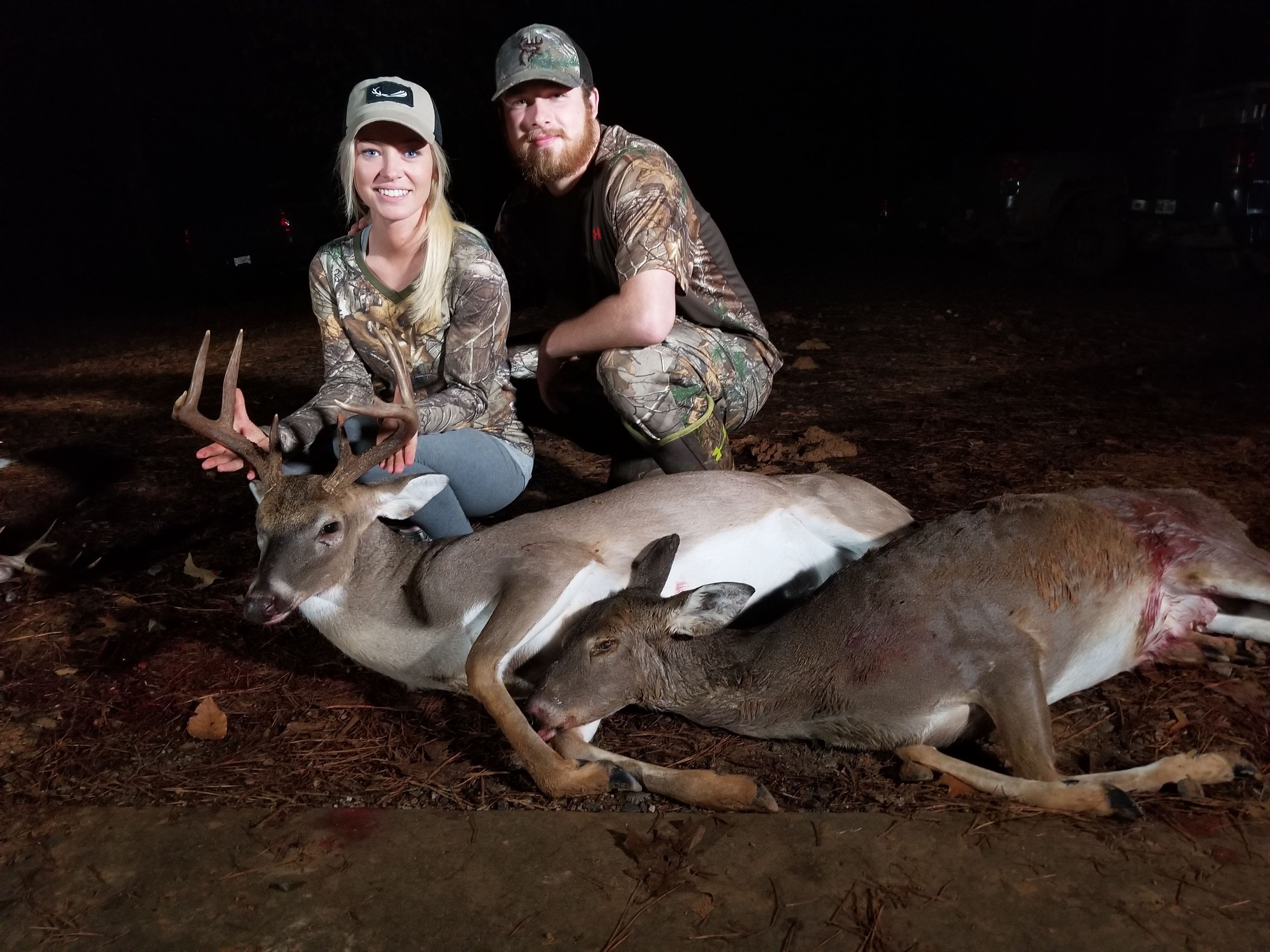
Finding hunting spots

Finding hunting spots. If you do not have land or know someone with land, do not let that discourage you from hunting. There are a lot of different ways to find land to hunt and apps that show you public land, private land and will even tell you who owns the private land.
Many hunters started out by going door to door and asking their neighbors and friends for permission to hunt their property. If you find land that is being leased to farmers, you can ask the owners if they would like to lease you the hunting rights to that land. This helps keep the deer population at bay as well as protecting the crops that are being farmed there.
Finding Deer
Know how to find the deer. This is a part of hunting that takes a lot of time, skill and experience. You want to start out by identifying possible food sources for the deer. We know that farm lands growing things like corn, soy beans and turnips are great sources. Also white oaks dropping acorns and nice green vegetation growing in the woods. These sources are always changing so knowing what the deer are on at that time will help you figure out what their patterns are.
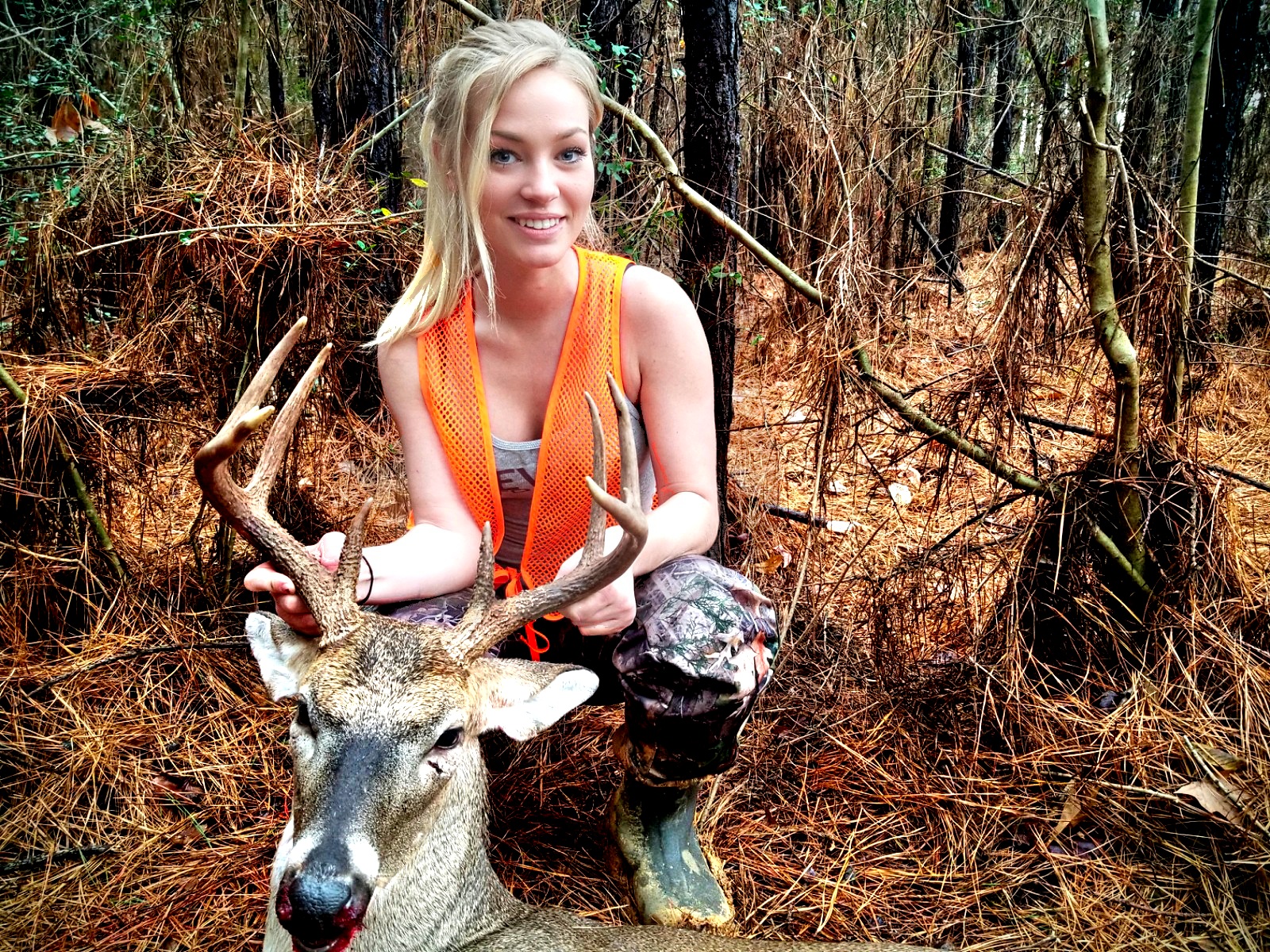
Bedding Areas
Locate bedding areas. Deer will often seek shelter in thickets and overgrown wooded areas. This helps them hide from predators and gives them security to rest without being bothered. If you are scouting on ground you are not familiar with, I suggest using apps that show you satellite images of the area. Once you find the bedding areas you can compare it to where their possible food sources are. Map out what routes you think they will take to get to their feeding grounds.
Deer Sign
Identifying deer sign. Noticing a tree that has been rubbed by antlers, spotting deer tracks in the mud or finding their droppings are tell-tale signs that you are on the right track. The ability to identify these signs play a major role in scouting. If you are curious about your scouting skills a lot of hunters set up trail cameras in areas that they believe have heavy traffic. This will help you narrow down movement times so that you know when to hunt.
Human Scent
Combat human scent. A lot of hunters swear by scent control. The fact of the matter is that you can reduce human scent, and you can sometimes cover it. But unfortunately you can never completely eliminate it. A friend of mine once said that “we can’t eliminate all of our human scent because we are factories of it.” Your best bet is to choose an access and egress that you think is the least probable place for a deer to encounter. And most importantly hunt the right wind! I still do what I can to reduce my scent. I use product like scent killer shampoo, laundry detergent and I store gear and camo in air tight containers.

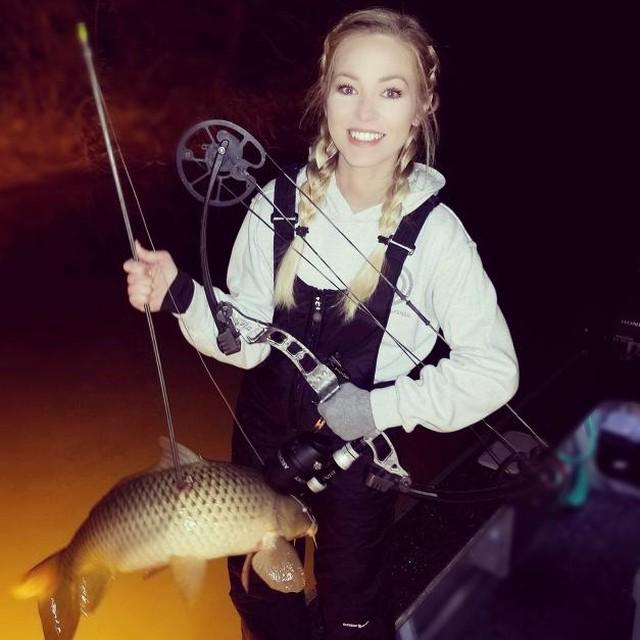
Keep a journal
Keep a journal. When you hunt make sure you are writing down the conditions paired with the movement you saw. The more details the better you can learn what conditions work best for deer movement based on your own experiences. I also like to write down things like deer behavior and what made them react that way before and after the shot. This will help you remember your experiences and what to do when that scenario arises again.
Having knowledge of the hunt will better your experiences and in turn mold more successful hunters. What if when we are recruiting new hunters, we are not giving them the knowledge they need to be successful? Technology is great but it is nothing without knowing what to do. When you learn something, be sure and pass it on. Share stories and personal experience. Encourage the hunt.
